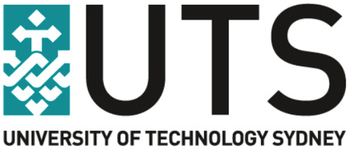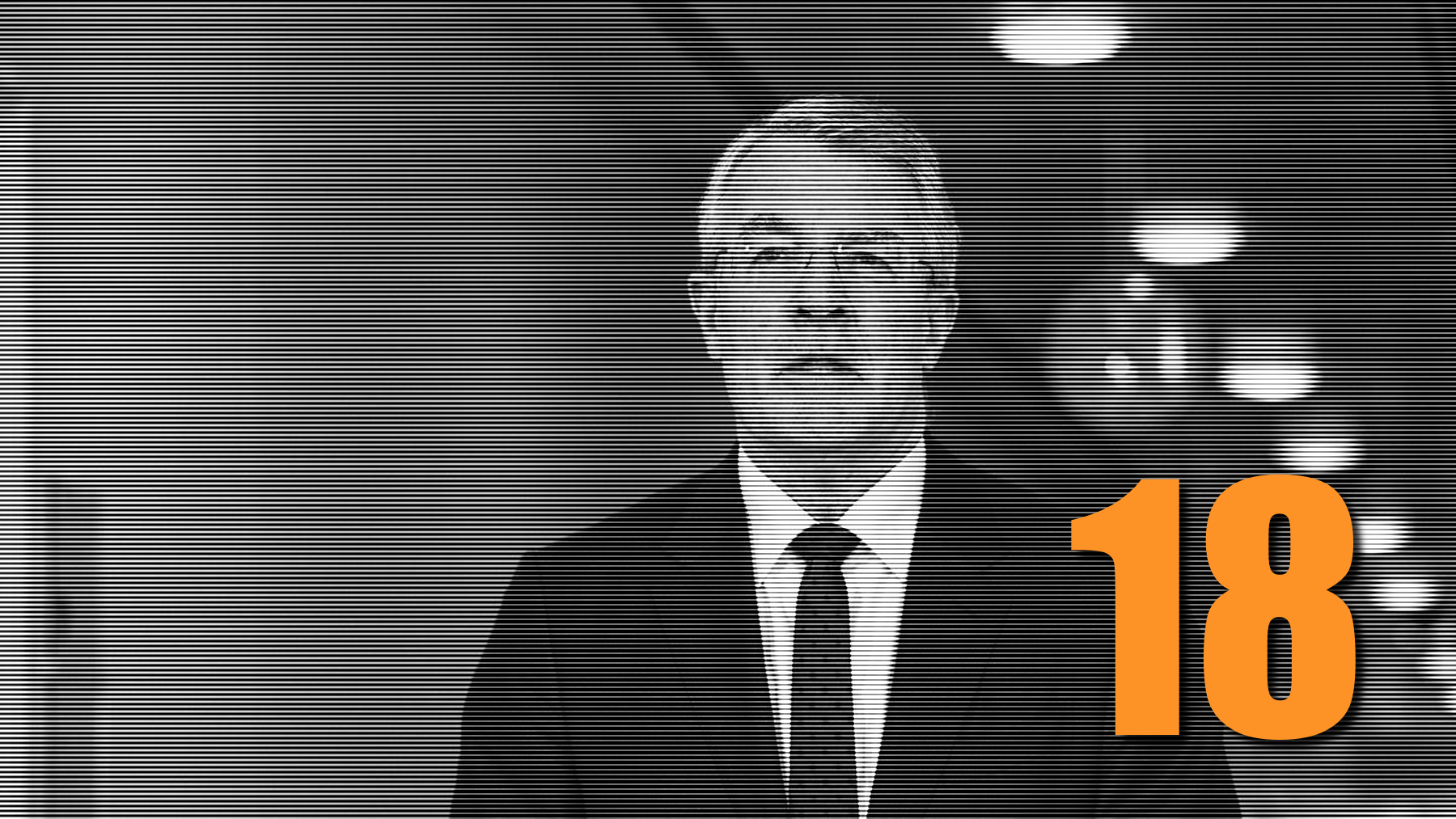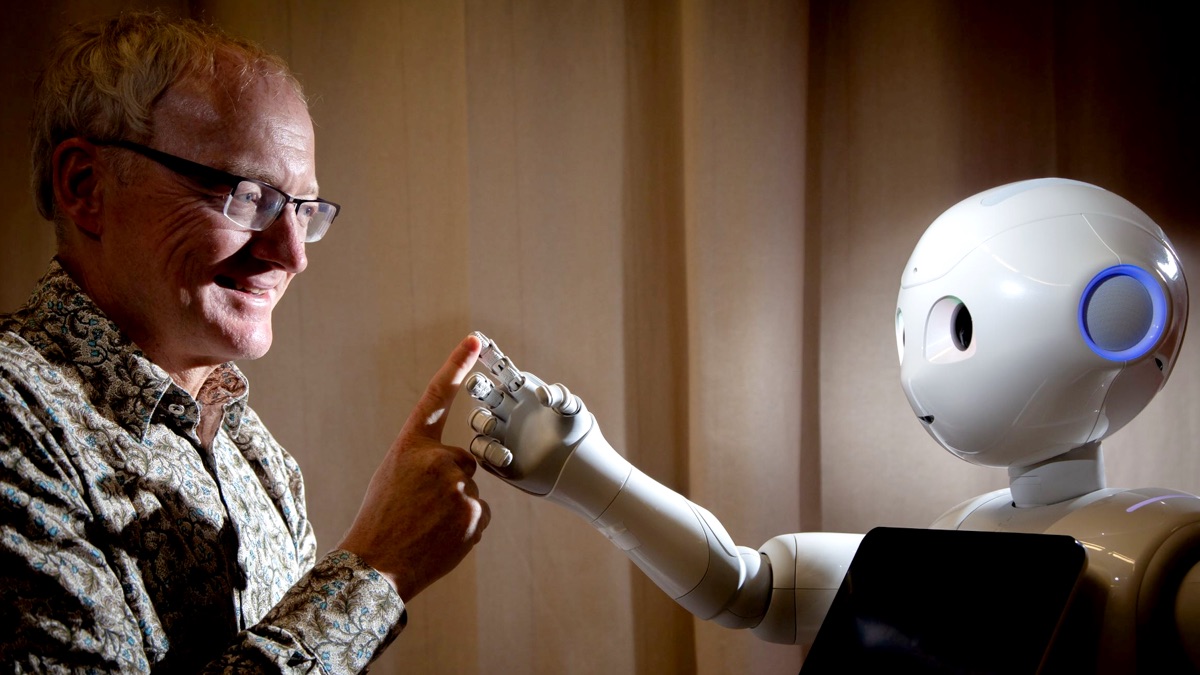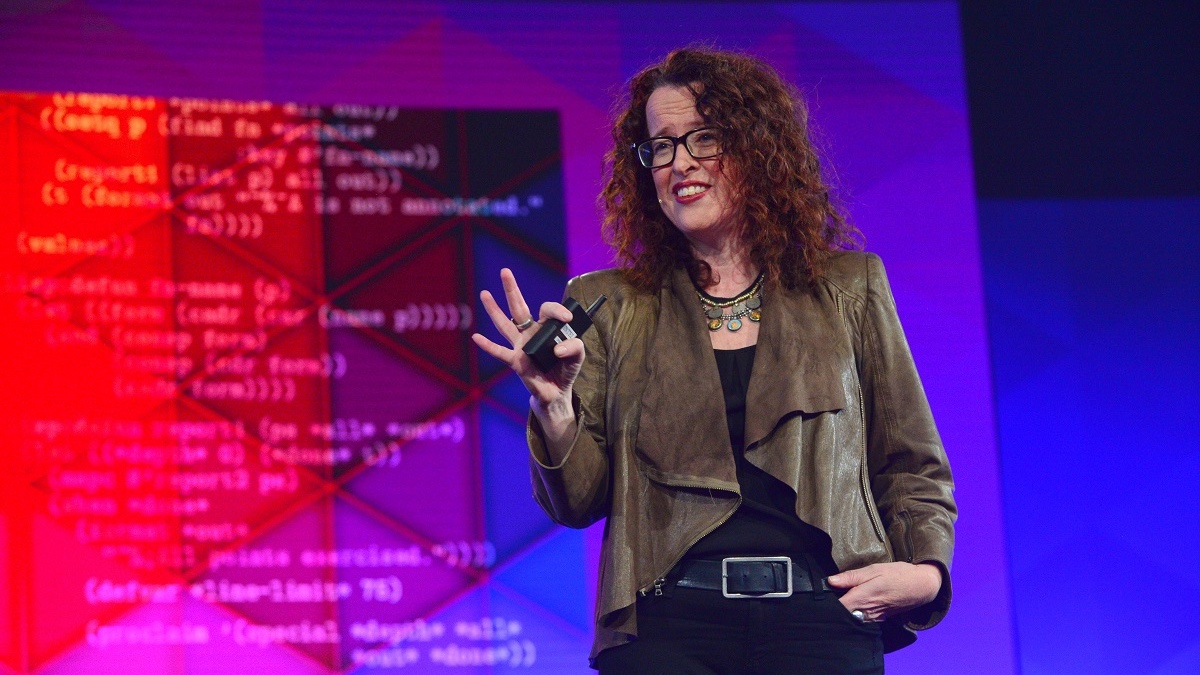 This morning I delivered version six of my now-regular guest lecture to media students at the University of Technology Sydney (UTS), “Algorithms and the Filter Bubble”. Here are the references and further reading.
This morning I delivered version six of my now-regular guest lecture to media students at the University of Technology Sydney (UTS), “Algorithms and the Filter Bubble”. Here are the references and further reading.
The links over the fold start off with some background material that sets out my worldview, and then things are in roughly the same order as presented in the lecture — with the order becoming less coherent further down the page. There’s more material linked here than I mentioned in the lecture itself. Enjoy.
A recording of the lecture will be made available in roughly one week on Wednesday 23 September on Friday 25 September, as the change in Prime Minister has triggered the demand for some of my commentary. This page may be updated with further links at that time.
Continue reading “Algorithms and the Filter Bubble references for 2015”





 This morning I delivered version six of my now-regular guest lecture to media students at the University of Technology Sydney (UTS), “Algorithms and the Filter Bubble”. Here are the references and further reading.
This morning I delivered version six of my now-regular guest lecture to media students at the University of Technology Sydney (UTS), “Algorithms and the Filter Bubble”. Here are the references and further reading. Robot newsreading and journalism has very much become my thing — as evidenced by the fact that I spoke about it yet again on ABC Radio National Drive on 3 July.
Robot newsreading and journalism has very much become my thing — as evidenced by the fact that I spoke about it yet again on ABC Radio National Drive on 3 July.